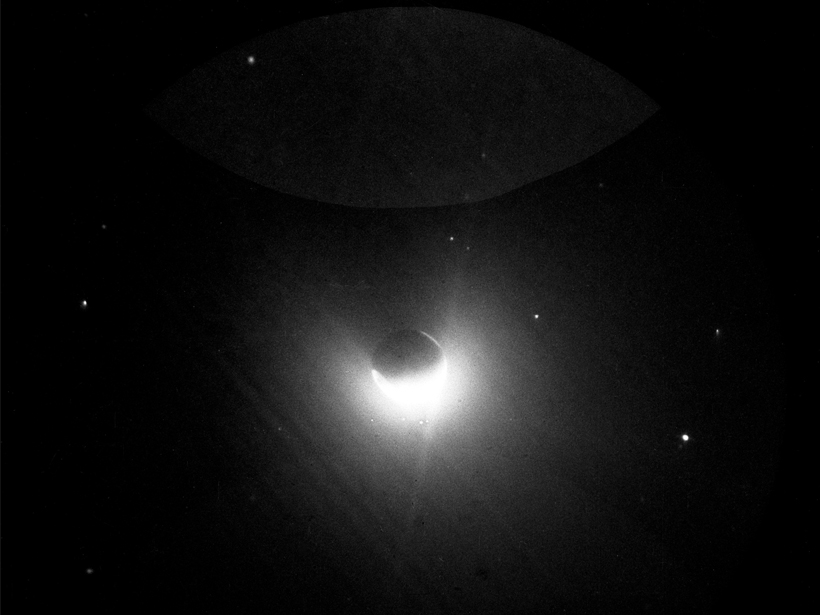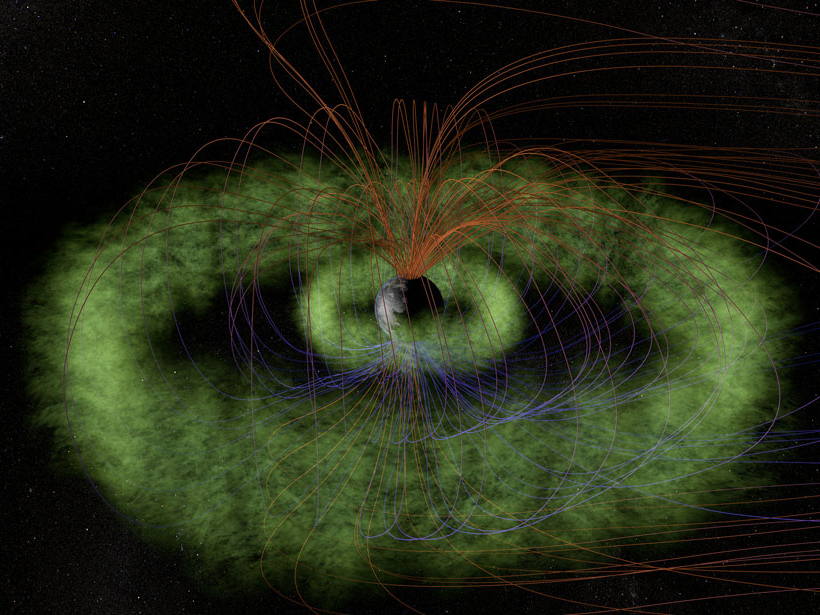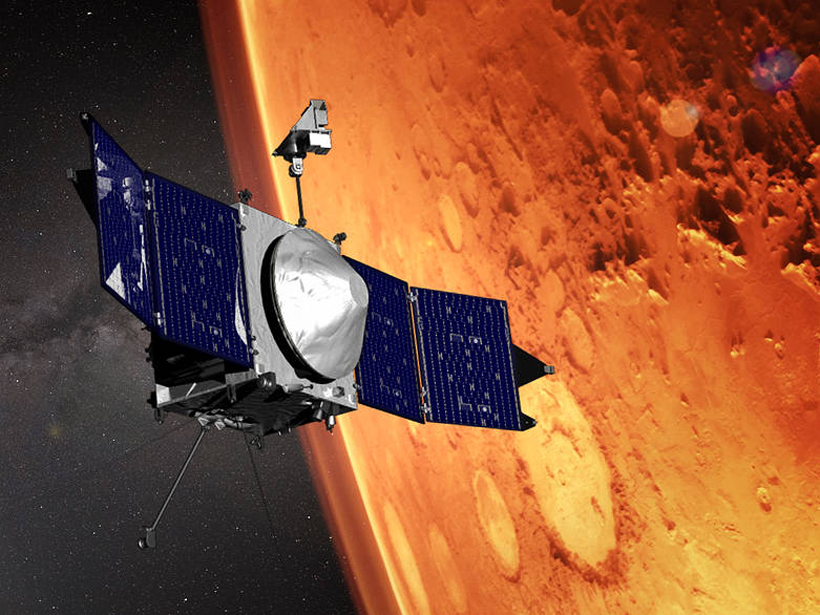With over 750 papers published in AGU journals based on Cassini-Huygens mission data, three editors select some of the most noteworthy.
Journal of Geophysical Research: Space Physics
New Findings from Old Data
Recalibrated and reanalyzed data from the Voyager flybys of Jupiter 40 years ago, presented in a series of papers in JGR: Space Physics, show the value of archival data.
Simulations Give New View of Global Auroral Storms
New computer models capture the movement of the strongest auroral storms as they sweep across Earth at night, challenging scientists’ views of what drives them.
Auroras May Explain an Anomaly in Earth’s Ionosphere
A new study finds that the ionospheric anomaly over the Weddell Sea is likely influenced by proximity to auroral energy input, rather than by tilting magnetic fields.
Hubble Reveals Less Studied Regions of Jupiter’s Auroras
With a dose of fiery plasma, the secondary arcs of Jupiter’s aurora shine bright.
How Geomagnetic Storms Light Up the Geocorona
After geomagnetic storms, Earth’s corona abruptly increases in hydrogen density. For the first time, serendipitous observations have allowed researchers to investigate why.
How “Whistling” Plasma Waves Shape Earth’s Radiation Belts
The Van Allen radiation belts surrounding Earth shrink and swell due to plasma waves moving through them, an analysis of satellite data suggests.
New Explanation for “Meandering” Electrons Orbiting Earth
A new study proposes a simpler theory to explain a class of electrons zipping around Earth, propelled by magnetic explosions.
Spacecraft Returns Its First Data on Martian Solar Irradiance
Scientists demonstrate the capabilities and limitations of the mathematical model used to calculate solar irradiance using measurements from NASA’s Mars Atmosphere and Volatile Evolution (MAVEN).
Explaining Unexpected Twists in the Sun's Magnetic Field
New research shows how the Sun's magnetic field can shift when it approaches Earth, which can throw off space weather forecasts.










